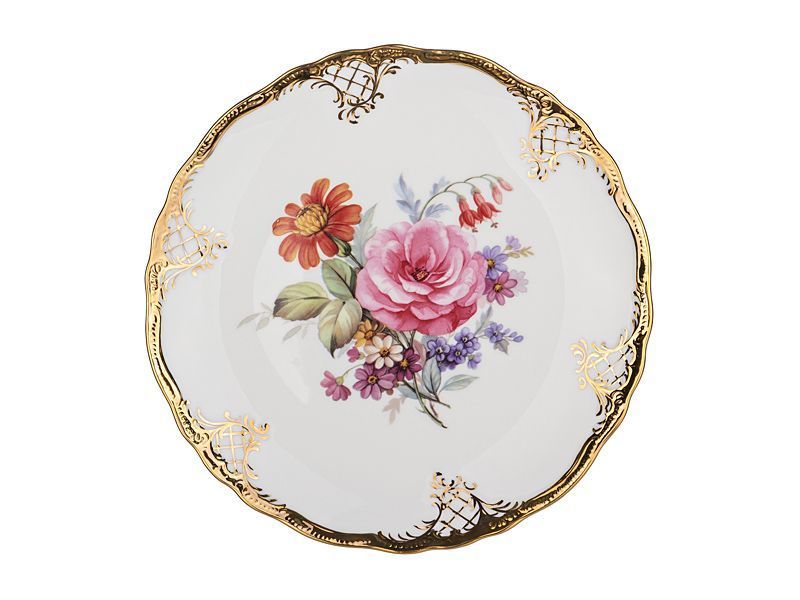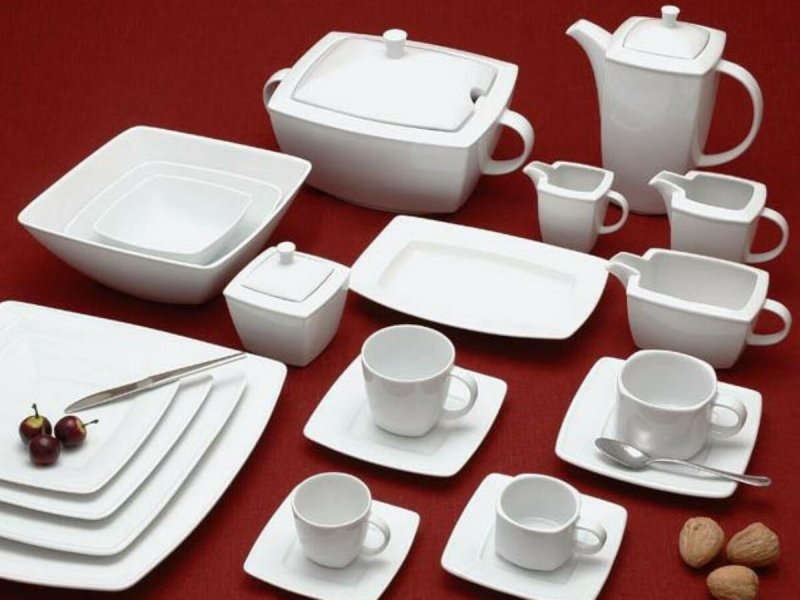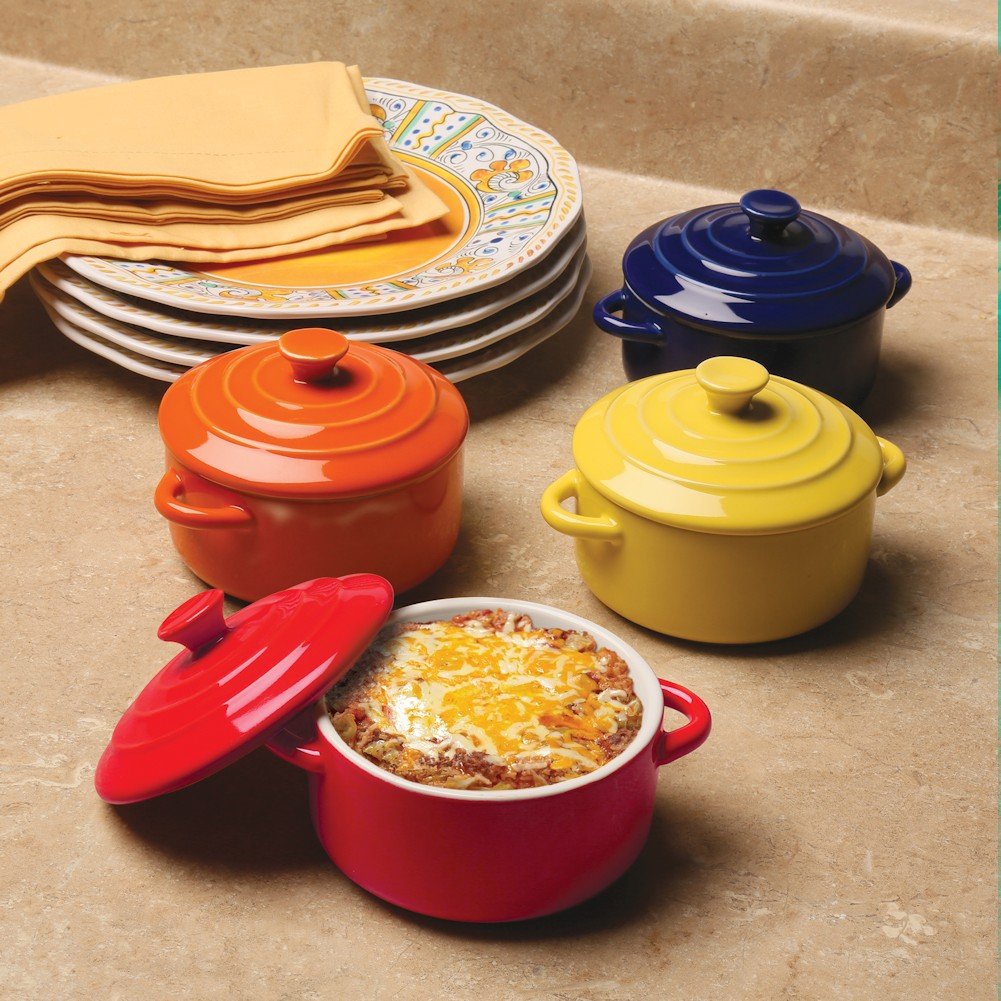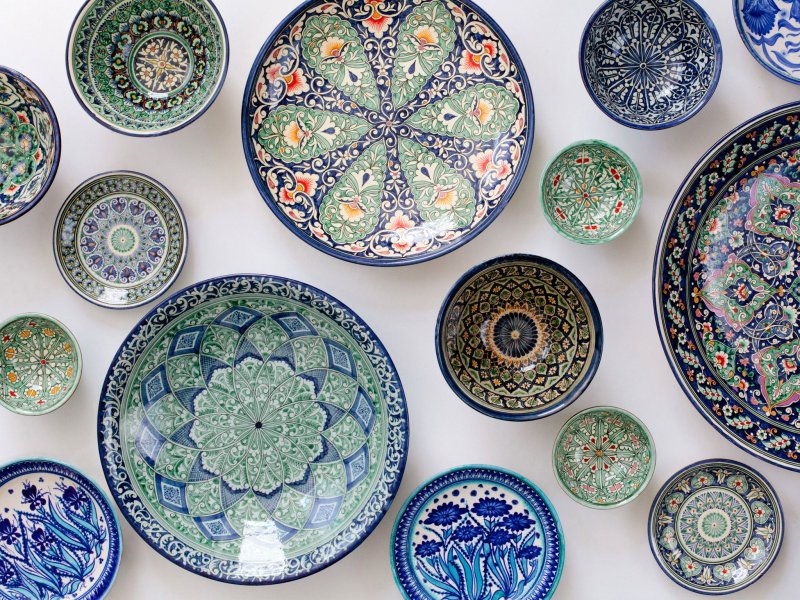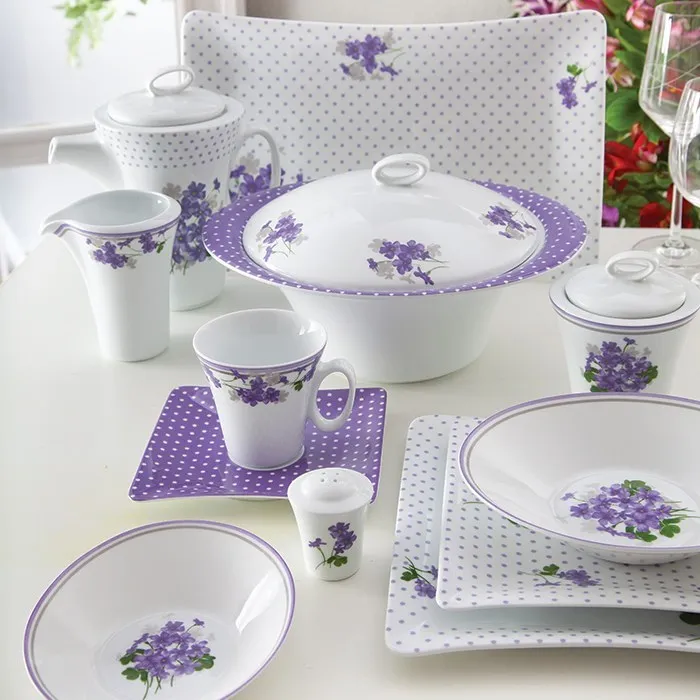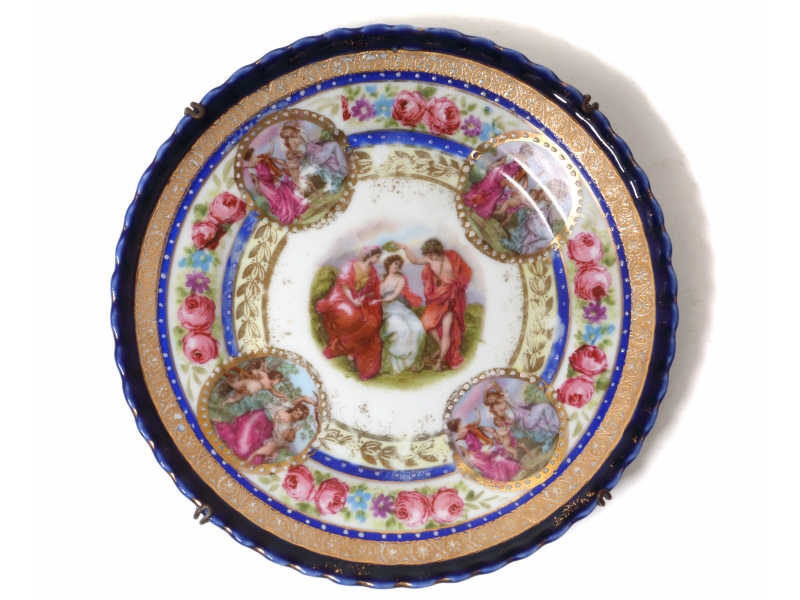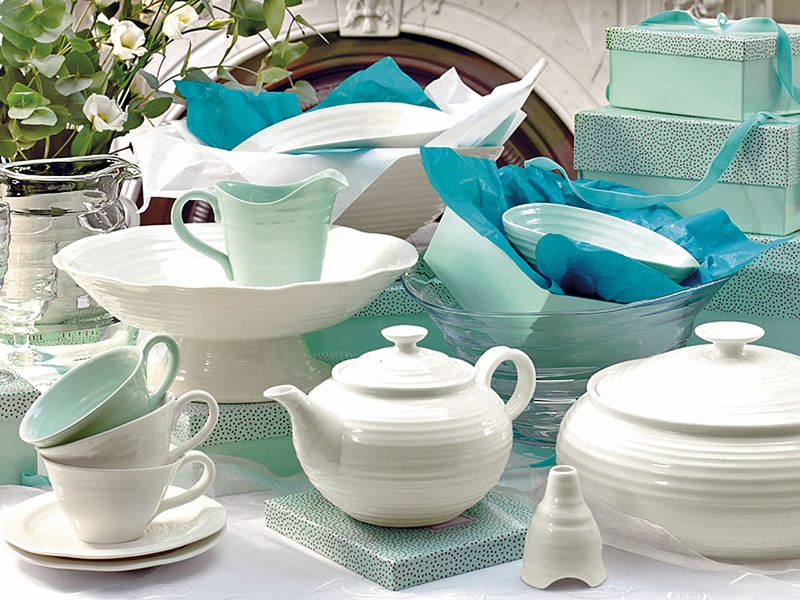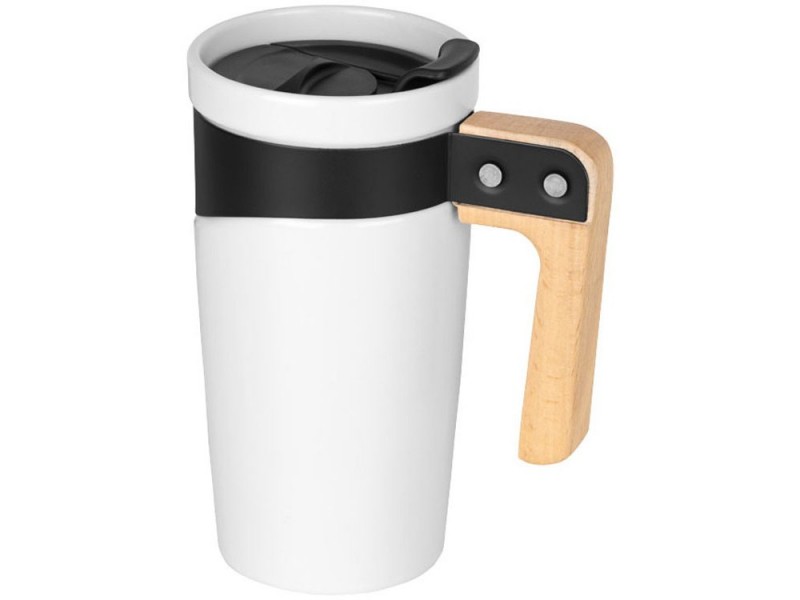A Comprehensive Buying Guide
Introduction :
Porcelain dishes are known for their elegance and timeless beauty. However, is porcelain durable enough to withstand the rigors of everyday use? In this article, we will delve into the world of porcelain dishes durability, offering insights on what to look for when purchasing these exquisite tableware pieces. From understanding the material’s composition to determining the price range, we aim to help you make an informed decision when investing in porcelain dishes that will stand the test of time.
Discuss Porcelain Dishes Durability:
Porcelain is a type of ceramic material renowned for its strength and durability. Unlike other less resilient dinnerware options, porcelain dishes can withstand heat, as well as resist chipping and scratching. The superior quality of porcelain is primarily due to its composition, which combines white clay, feldspar, and quartz. This unique blend is fired at extremely high temperatures, resulting in a hard, vitrified surface that enhances durability.

Porcelain dishes offer several benefits over their counterparts. Firstly, their non-porous surface prevents the absorption of food particles and oils, ensuring easy cleaning and preventing staining. Additionally, porcelain’s resistance to thermal shock makes it safe for use in ovens, microwaves, and dishwashers without the risk of cracking or shattering.
Buying Porcelain Dishes Durability :
When purchasing porcelain dishes with durability in mind, there are a few important factors to consider, ensuring that you find the perfect combination of beauty and practicality.
1. Grade and Quality: High-quality porcelain sets are often classified into different grades, such as bone china or fine china. Pay attention to the grade to ensure you are investing in durable tableware.
2. Translucency: While it may not directly impact durability, translucent porcelain is often associated with finer quality. The level of translucency can be influenced by the quality of the clay used, as well as the firing and glazing processes.

3. Glazing: A well-glazed surface enhances the durability of porcelain dishes, preventing stains and scratches. Look for dishes with a smooth, even glaze that’s resistant to cracks and chipping.
4. Weight and Thickness: Porcelain dishes that are too thin can be fragile and prone to breakage. On the other hand, excessively heavy plates may be cumbersome to handle. Opt for dishes that strike a balance between weight and thickness for durability and usability.
Price of Porcelain Dishes Durability:
The price of porcelain dishes can vary significantly based on factors such as brand reputation, craftsmanship, and design intricacy. High-end porcelain dishes can be quite expensive, primarily due to the skill and artistry involved in their production. However, more affordable options are also available for those on a budget.
Keep in mind that investing in top-quality porcelain dishes may seem costly initially but can save you money in the long run. Durability ensures that these dishes endure years of use without needing to be replaced, providing excellent value for money. It is essential to strike a balance between your budget and the desired quality when purchasing porcelain dishes. Researching various brands, customer reviews, and comparing prices across different retailers can help you find the best deals.
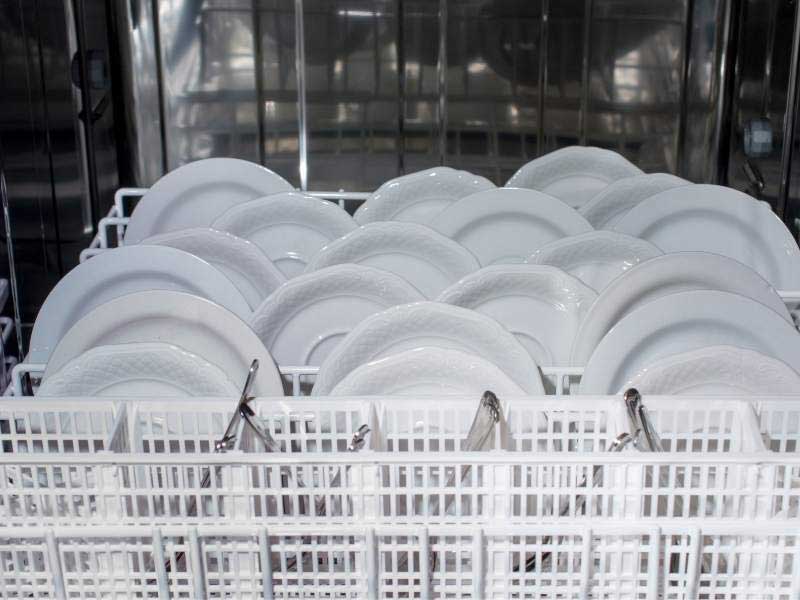
Conclusion :
Porcelain dishes offer a perfect blend of durability and elegance, making them a popular choice for both everyday use and special occasions. Investing in high-quality porcelain ensures that your tableware withstands the elements of modern life, all while adding a touch of sophistication to your dining experience. By considering factors such as grade, glazing, and thickness, you can confidently choose porcelain dishes that offer long-lasting durability, transforming mealtime into an extraordinary affair.Acknowledging the influence of price on purchasing decisions, it’s important to note that the durability of porcelain dishes can vary across different price ranges. Lower-priced porcelain dishes may offer decent durability, but they may not match the longevity and resilience of higher-end options. Thus, it’s worth considering your specific needs and frequency of use when determining the price range that best suits you.
For those who use porcelain dishes frequently or have a bustling household, investing in higher-quality porcelain at a slightly higher price point may be a wiser choice in the long run. These dishes are often designed with reinforced edges and thicker construction, ensuring resistance against accidental drops or mishandling. The added durability contributes to their longevity, reducing the need for frequent replacements.
However, if you’re looking for porcelain dishes for occasional use or for decorative purposes, you may opt for more affordable options. These dishes can still offer a satisfactory level of durability, as long as they are handled and stored with care. It’s worth noting that even inexpensive porcelain dishes can retain their elegance and beauty if properly maintained, making them a cost-effective choice.
When shopping for porcelain dishes, it’s essential to be cautious of exceedingly low-priced options. Sometimes, extremely cheap porcelain dishes may sacrifice durability and quality for the sake of affordability. These dishes may be prone to cracking, chipping, or discoloration, leaving you unsatisfied with your purchase.
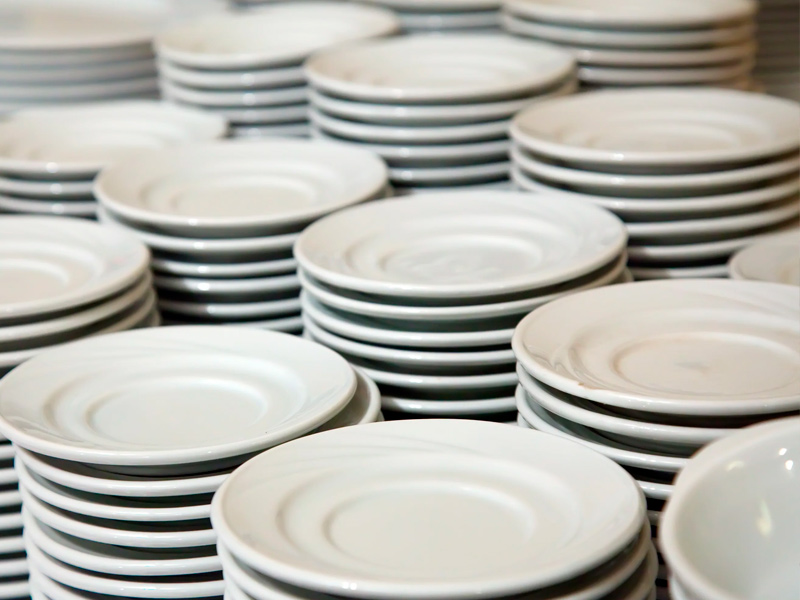
In conclusion, the durability of porcelain dishes should be a significant consideration when making a purchase. By understanding the composition, quality grades, glazing, and overall design, you can make an informed decision that aligns with your budget and usage requirements. Remember, choosing porcelain dishes that strike a balance between elegance and durability will ensure that your investment stands up to the test of time, providing years of enjoyment and aesthetic appeal.
